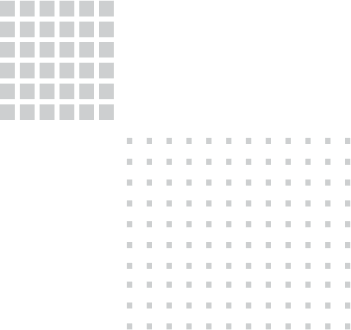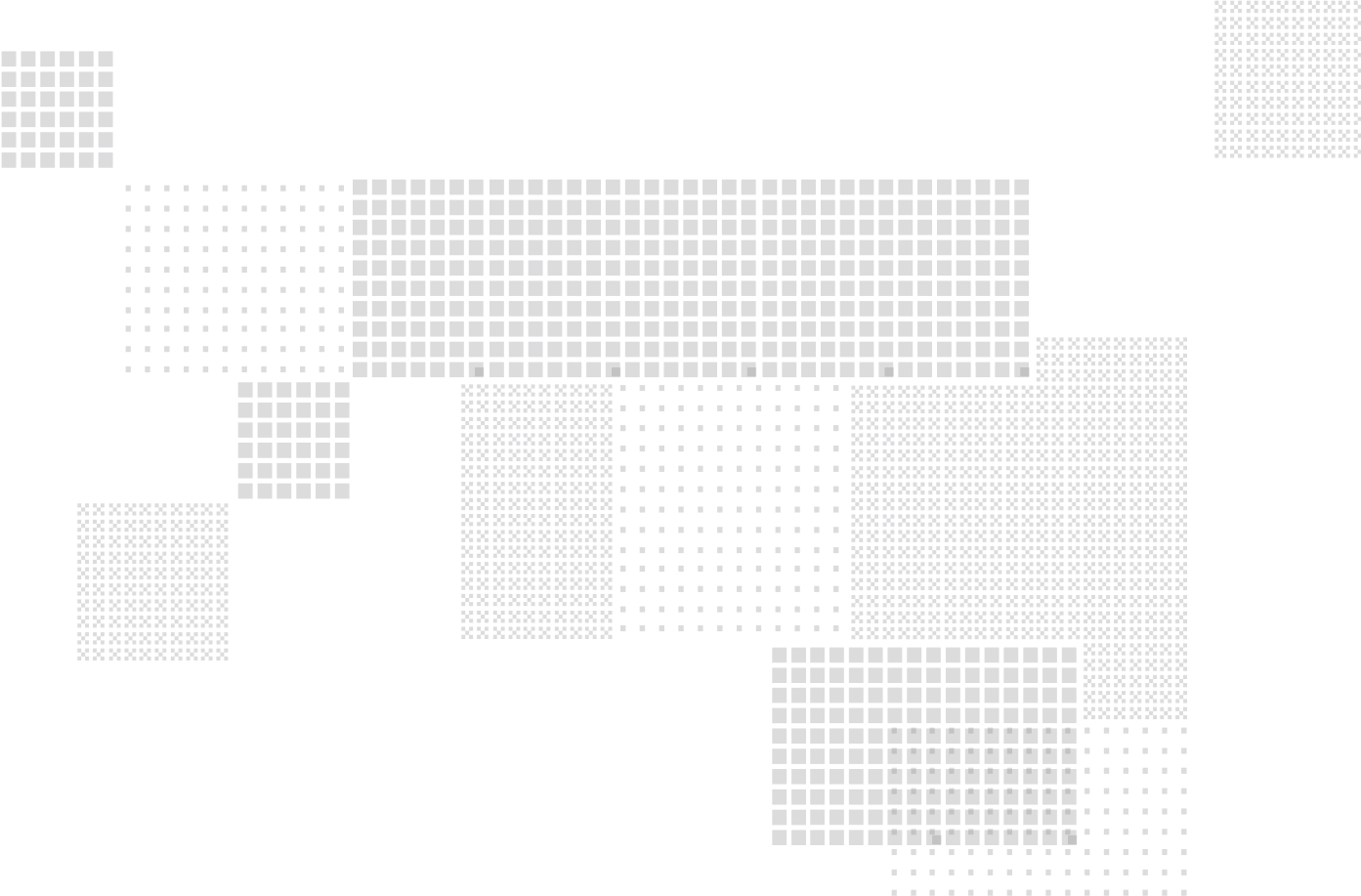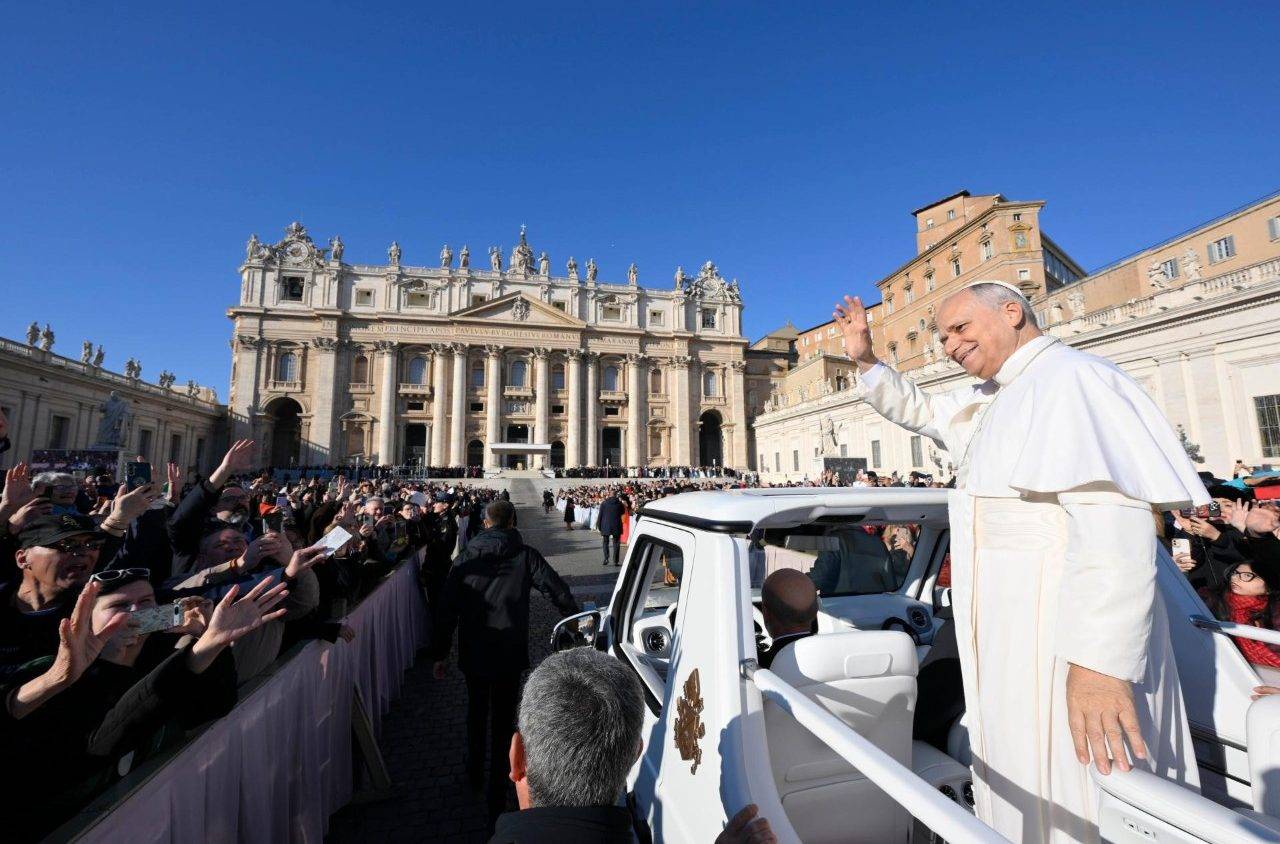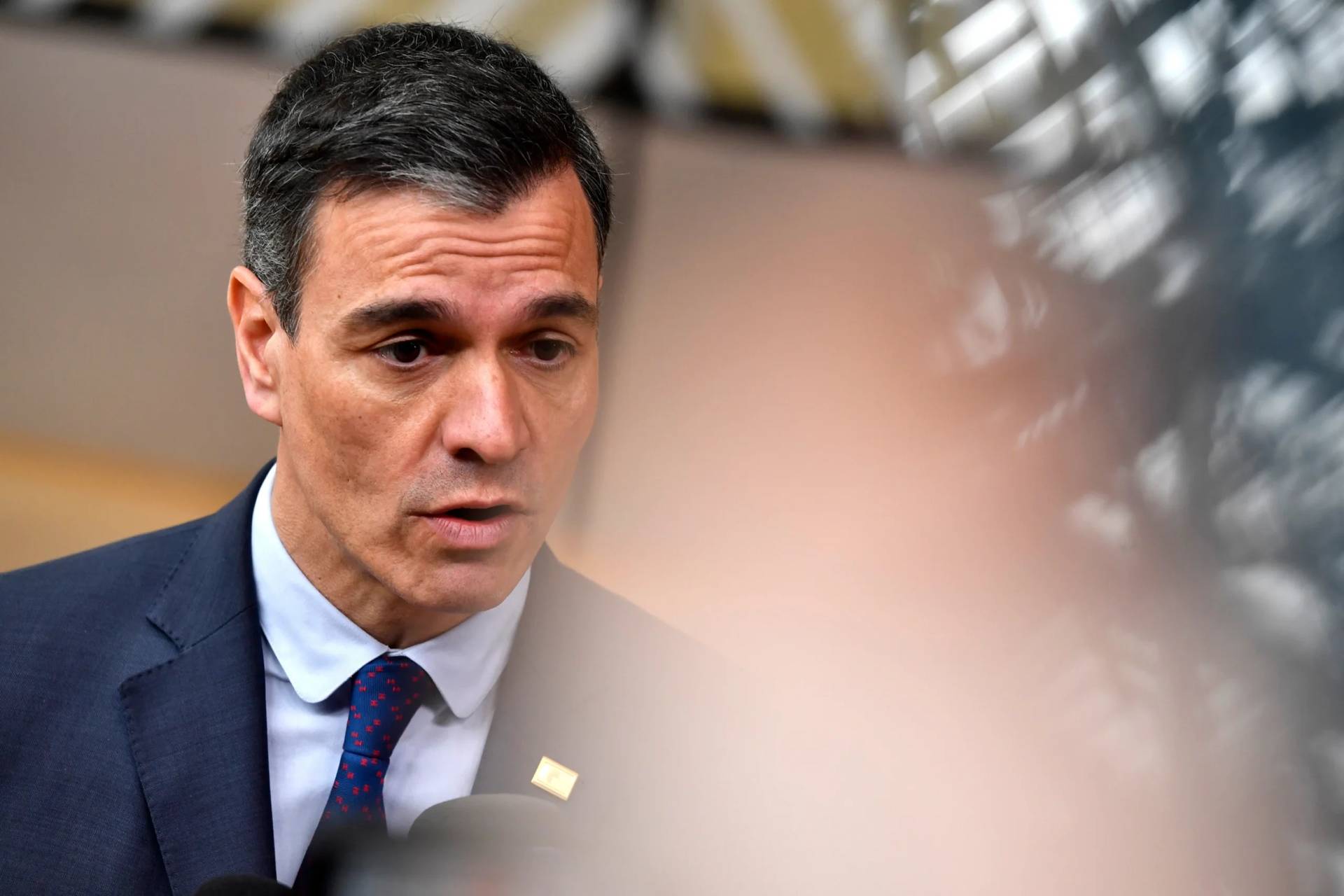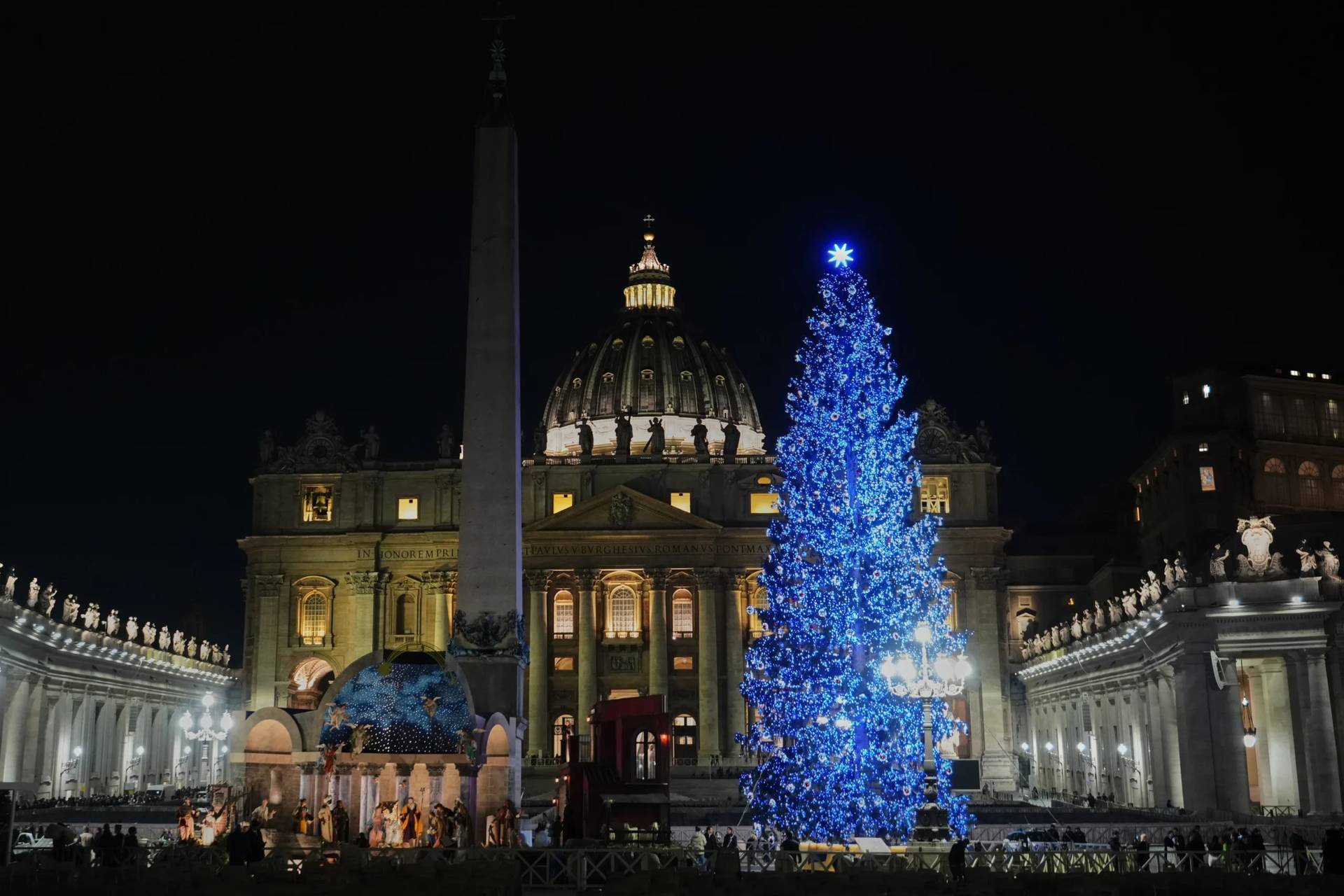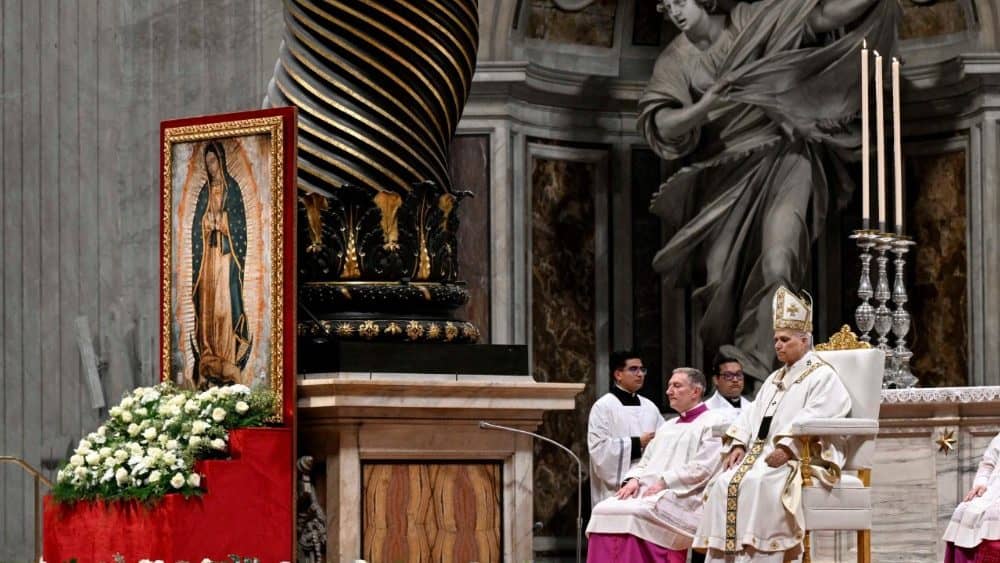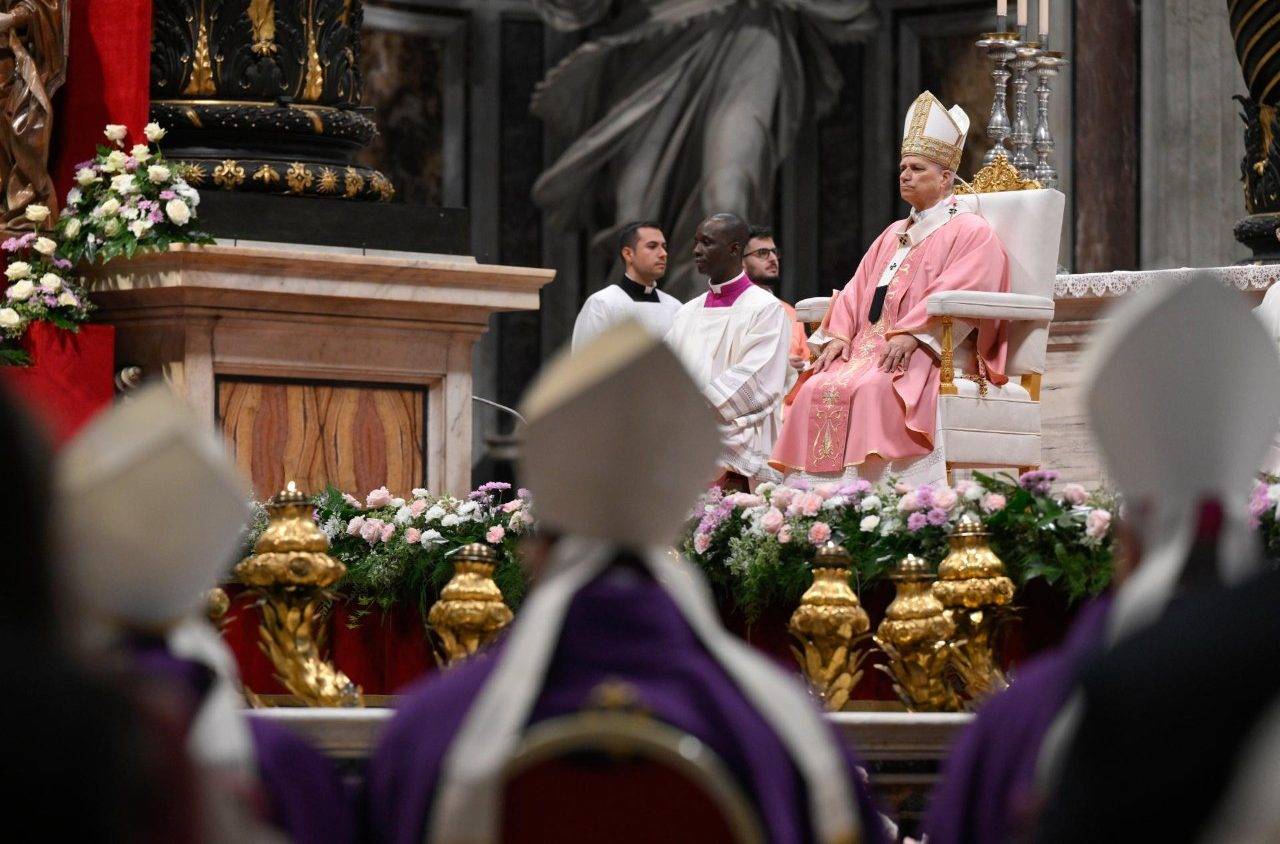ROME – Pope Leo XIV made a surprise visit on Thursday to Castel Gandolfo, the traditional papal summer residence, to visit an ecological project launched under Pope Francis.
According to a Vatican statement, the pope was welcomed by Italian cardinal Fabio Baggio, undersecretary of the Dicastery for Integral Human Development, as well as the Operations Director for the ecological project, American Father Manuel Dorantes.
The project, Borgo Laudato Si, commemorates Pope Francis’s 2015 encyclical Laudato Si’ on care of the environment, and aims to promote education in integral ecology and sustainable practices.
For centuries, the papal residence at Castel Gandolfo was a summer residence for popes who wanted to escape the harsh Roman heat. Pope Francis opted not to use the residence, and instead converted the property into a museum and the sprawling gardens into an ecological project.
During his visit, Leo visited the Garden of the Virgin Mary, as well as the Belvedere Gardens at the papal villa, before visiting the Borgo Laudato Si’ project itself, which was launched by Pope Francis in February 2023 with the aim of promoting “an integral ecology, uniting the care for creation with the protection of human dignity.”
Pope Leo also visited the Cryptoporticus, which is the archeological remains of Emperor Domitian’s audience hall, recalling Pope Pius XII’s actions in 1944, when he opened the papal villa to provide refuge to more than 12,000 people following the bombardment of the Castelli Romani region during the Second World War.
Pope Leo concluded his visit stopping by the Papal Palace and the Villa Barberini before returning to the Vatican in the early afternoon.
According to the project’s website, the Borgo Laudato Si’ is intended to be “a place of training for the development of integral ecology” open to everyone.
Pope Francis in creating the project wanted “to give a concrete sign of the applicability of the principles illustrated in the encyclical Laudato Si’” through development in three areas: Education in integral ecology, circular and generative economy, and environmental sustainability.
The project consists of 135 acres of land divided into 86 acres of gardens and 49 acres of farm and agricultural land, as well as greenhouses and service buildings that the project aims to protect.
Among other things, the project is tasked with the conservation, maintenance, care and development of the land using new techniques and technological innovations which, according to the website, are intended to allow the land to be safeguarded “and its integrity preserved for future generations.”
Work is being done in the agricultural area to reorganize and develop production activities that have been characteristic of the papal farms in Castel Gandolfo for centuries, which among other things has produced the Vatican’s own yogurt, milk, eggs, honey, flowers and more.
This work, the website says, is done according to “a circular economy model based on sharing, reuse, repair, reconditioning and recycling” and also includes the creation of an an energy community using renewable sources.
The preservation of biodiversity is a priority of the project, as is promoting stronger “harmonious” interaction between humanity and nature.
As part of the project, job training and educational courses are also provided, as well as immersive experiences, seminars, and cultural events.
In his May 25 Sunday Regina Coeli address, Pope Leo XIV pointed to the 10th anniversary of the signing of Pope Francis encyclical Laudato Si’, published in June 2015, saying the document “has had an extraordinary impact, inspiring countless initiatives and teaching everyone to listen to the twofold cry of the Earth and of the poor.”
In a post on his social media account X, formerly known as Twitter, Leo said that the encyclical “calls us to renew the dialogue on how we are building our planet’s future, as we unite in the pursuit of sustainable and integral development, taking care to protect the common home entrusted to us by God.”
Follow Elise Ann Allen on X: @eliseannallen



